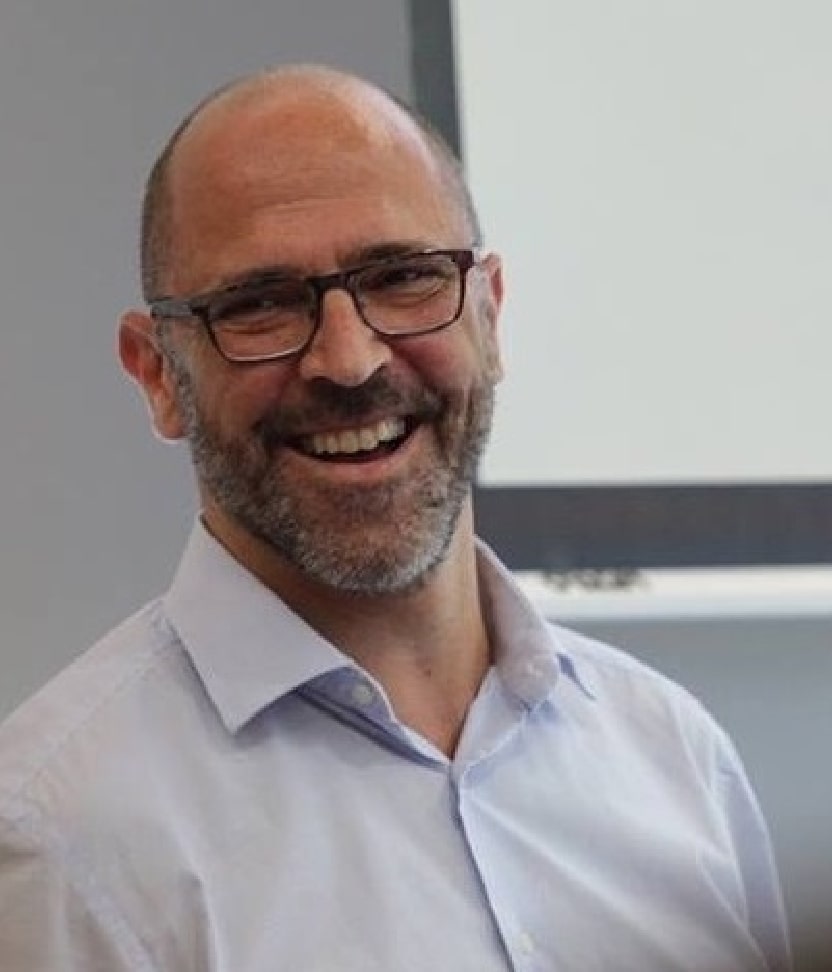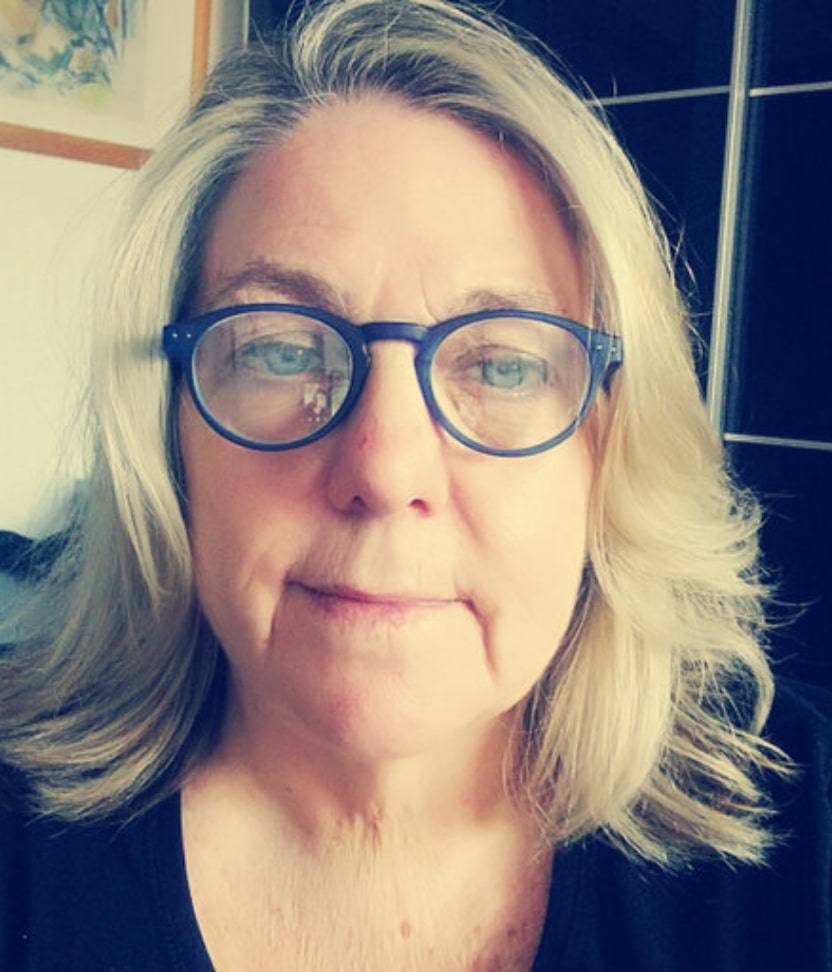Online training: Cesarian section or vaginal delivery, making an informed choice !
The Mooc Quali-Dec is a project of free online courses and incentives dedicated to health professionals (doctors, midwives …), managers of health services and institutions.
Discover our trainings 






Our trainers
How it works
Informative training, accessible quizzes, rewarding certification

Trainings
You have a MOOC PLATFORM, with videos accessible at any time, around 6 thematic modules.

Quizz
We offer you an evaluation of your knowledge after each module, in the form of a quick and fun quiz.

Certification
We offer support and follow-up to enable you to enhance your training by obtaining a certification.







About Quali-Dec
What is Quali-Dec?
Quali-Dec is an implementation research project to improve a decision making of mode of birth. It provides pregnant women and health professionals with adapted tools to help them make an informed choice.
International in scope, it is composed of a consortium of 9 countries and an intervention area covering 4 target countries: Argentina, Burkina Faso, Thailand, Vietnam. It is financed by the European Commission (EC) and the World Health Organization (WHO).
The Quali-Dec Mooc
The Quali-Dec Mooc is based on short videos by international experts and testimonials from women and healthcare professionals.
Training videos
Training hours
Specialized trainers
Trainees
Testimonials






Frequent Questions
Is a vaginal delivary more risky than a caesarean section for the mother and the baby?
+
Why reduce non-medically justified caesarean sections ?
+
Why train healthcare professionals in shared decision-making on mode of delivery?
+
Will this training have an impact on my practice?
+
Discover our partners
With the support of


This project was co-funded by the European Union’s Horizon 2020 research and innovation program under grant agreement no. 847567. The authors are solely responsible for the content of this project. It does not necessarily reflect the opinion of the European Union. The European Commission is not responsible for any use that may be made of the information contained on this website.


The project was co-funded by the European Union’s Horizon 2020 research and innovation program under grant agreement no. 847567. The authors are solely responsible for the content of this project. It does not necessarily reflect the opinion of the European Union. The European Commission is not responsible for any use that may be made of the information contained on this website.
























